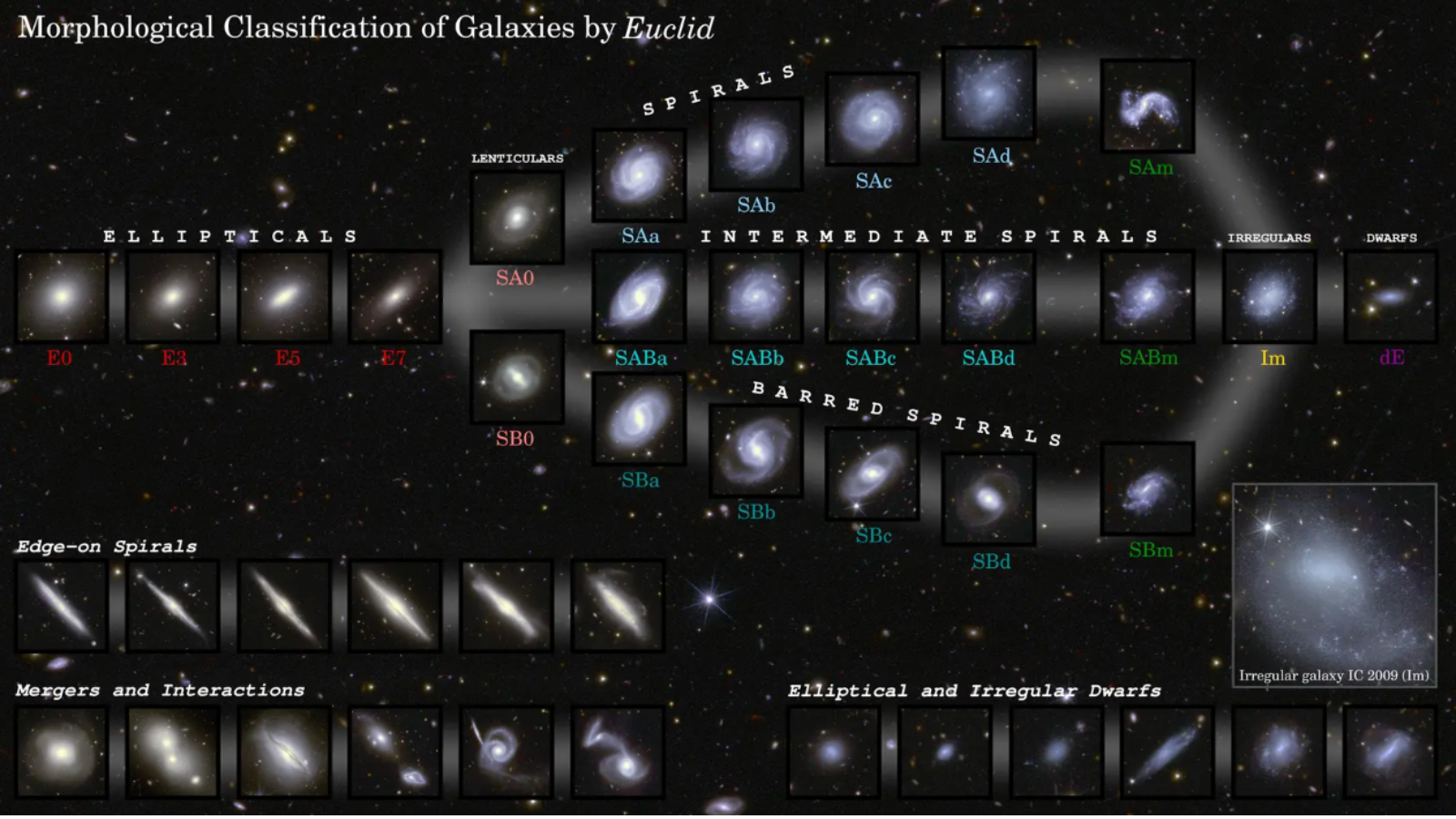ESA to Solicit Bids for Two New Science Missions
EuropeanSpace Agency (ESA) managers, with an endorsement from an independent inquiryboard, have agreedto solicit bids beginning March 5 for two new space-science missions andextend the operations of successful satellites now orbiting Mars and Venus.
Thesolicitation will seek proposals for two missions with a combined budget of 950million euros ($1.25 billion) and launch dates between 2016 and 2018.
ESA'sScience Program Committee (SPC) agreed to make the move despite the fact that Europe's space-science budget is already fully committed. But a guarantee from ESA ScienceDirector David Southwood that he could find 200 million euros in savings fromthe existing program convinced the SPC to authorize the new spending.
In a Feb.28 interview, Southwood said he and the SPC have agreed on the steps needed tofind the savings, which in part come from cutting ESA science personnel costsby not replacing retiring employees in the coming years.
"We'regoing to do this as painlessly as we can," Southwood said. "I would prefer notto do it at all, but we need to prepare the future and right now we are eatingour seed corn. We cannot continue in this way."
Othersavings will be made by shutting down operating satellites whose scientificvalue has been largely exhausted, and by making ESA's Solar Orbiter missionpart of NASA's Living with a Planet Sentinels program. This last change willsave 120 million euros -- pending an agreement with NASA that ESA hopes toconclude late this year.
But ESA'scurrent science program places as many new expenses in Southwood's in-box asare removed through savings.
Breaking space news, the latest updates on rocket launches, skywatching events and more!
The latestexample is the Feb. 22 agreement by the SPC to extend, to May 2009, theoperations of the successful Mars Express and Venus Express satellites. Thecombined cost is about 11 million euros.
ESA and theSPC say the agency's science missions have an excellent track record ofremaining on budget compared to any other space program, but cost increases dooccur. The most recent examples:
- ESA's contribution to the NASA-led James Webb Space Telescope, originally budgeted at 160 million euros for the ESA-provided instruments, is now expected to cost 173.6 million euros. This figure does not include 23.6 million euros in operating costs to be incurred by ESA. Also not included is the ESA-supplied launch aboard a European Ariane 5 heavy-lift rocket, whose cost to ESA will be about 150 million euros.
- The Lisa Pathfinder mission, designed to prove technologies for the future ESA-NASA Lisa satellite, continues to encounter technical challenges. Its budget of 185 million euros in early 2006 has now climbed to 226.5 million euros, and its launch has been postponed beyond 2009 to a yet-undetermined date.
- The BepiColombo mission to Mercury in 2013, which includes a Japanese-provided satellite, is expected to cost 665 million euros, 15 million euros more than the cost projections of a year ago.
ESA officials,including Southwood, had warned European space scientists and the SPC in 2006that the program was overbooked and risked the space-science equivalent ofChapter 11 bankruptcy if one of its large missions ran into budget trouble.
ESA'sscience budget is set at about 400 million euros per year. The agency's membergovernments in December 2005 agreed to a 2.5 percent annual increase in sciencespending for five years.
The risksof an overextended science program led to the appointment in late 2006 of an outsidepanel to review the way Europe selects, finances and manages space-scienceprojects.
Thenine-member panel, called the Science Program Review Team, was chaired byReinder van Duinen of Holland, current president of the European ScienceFoundation and a former executive with Fokker Aircraft B.V. and Fokker's spacedivision.
VanDuinen's report was submitted to the SPC Feb. 22 and will be reviewed by ESA'sruling council March 14 before being made public.
ButSouthwood said the panel's investigation -- "I treated this review as a kind ofaudit," he said -- has already helped shape the decision to insist on 200million euros in savings in part by cutting operations for long-servingsatellites.
In a March1 interview, van Duinen said the panel urged ESA to readjust its spending sothat less is spent maintaining existing satellites and more spent on designingnew missions.
"If we didnot agree to solicit new missions now, we would have had to wait until 2020 orlater," van Duinen said, adding that the panel urged ESA to find "at least" 200million euros in savings to provide budgetary clearance for the new missions.

Charles Q. Choi is a contributing writer for Space.com and Live Science. He covers all things human origins and astronomy as well as physics, animals and general science topics. Charles has a Master of Arts degree from the University of Missouri-Columbia, School of Journalism and a Bachelor of Arts degree from the University of South Florida. Charles has visited every continent on Earth, drinking rancid yak butter tea in Lhasa, snorkeling with sea lions in the Galapagos and even climbing an iceberg in Antarctica. Visit him at http://www.sciwriter.us
